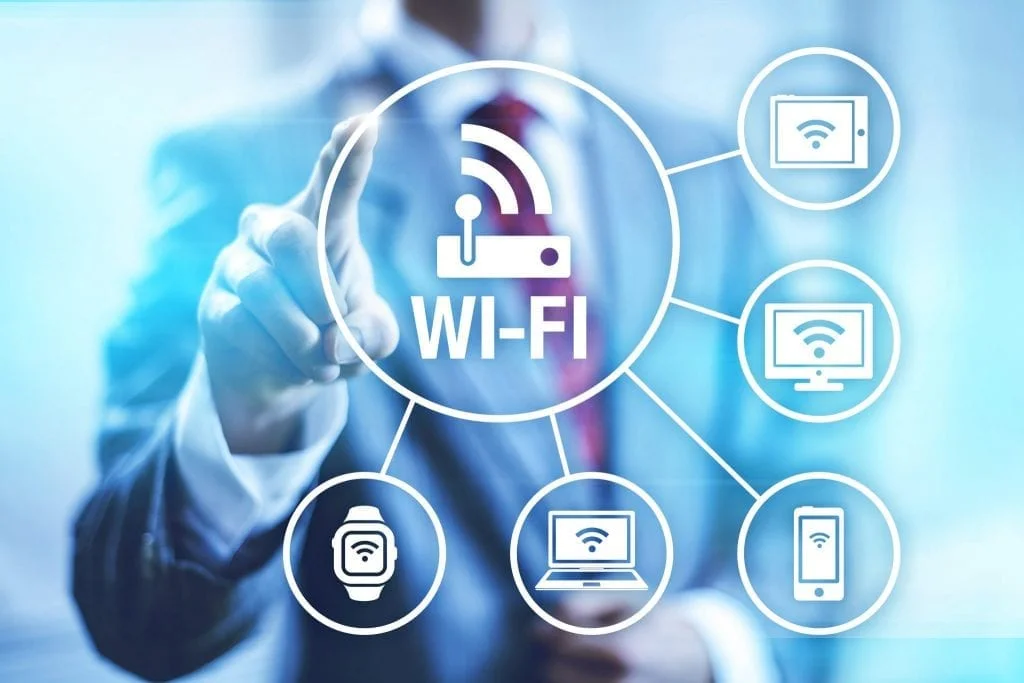It is no secret that cellular technology has been rapidly developing. FourG is being upgraded into 5G that will speed up more efficient than the previous network.
As each generation of networks is released, more and more advanced devices are made available. The older cellular technologies will slowly become obsolete technology as mobile technologies continue to evolve.
1G
Each new mobile technology generation has improved the speed and quality of networks since the launch of the initial networks in the 1980s. Every new generation has unique benefits and features which are a step up from the last.

The 1G network was analog and only allowed the use of voice communications. The 2G generation that followed included digital voice and text messaging services.
2.G was then later followed by 2.5G networks, which included packet switching with GPRS or EDGE. This led to the development of high-speed mobile data. But there are limitations to how fast a mobile data connection can be. These restrictions are usually imposed via data plan usage limits, hotspot caps or throttles for video.
2G
The 2G era introduced wireless data transfer on the top of voice. This enabled SMS messages. Data transfer, through similar control mechanisms that were used for voice calls, allowed users to transfer text messages or images between mobiles. The feature became so well-known that it completely changed how people spoke. It also gave rise the candy bars phones such as the Nokia 3210 which sold over 160 million units.
The global introduction of 3G networks brought mobile Internet access. This enabled users to browse the internet and use simple applications. Also, it paved opening the way to advanced features like HD mobile television and video conference calls.
The 4G network introduced speedier data transmission, which allowed the most advanced functions like HD mobile television, web-based mobile, and videoconferencing. It also made it possible to develop mobile IoT apps like NB IoT as well as LTE M.
3G
As the popularity of smartphones, it was clear that 2G was not sufficient to manage the volume of data. Therefore, the need for new technologies were needed to satisfy the growing demand of the consumer.
GSM technology was the initial stage in the conversion of cellular networks from analogue to digital. The first 3G network emerged from this.
3G provides significantly faster data transfer speeds than predecessors. The 3G network allowed the internet to be accessed via mobile devices. Businesses lap dat truyen hinh cap viettel could stay connected while on the go.
The final phase of the 3G time period is near and many major carriers will shut down their legacy networks to make way for 4G LTE. The end of 3G is going to have an impact on technology, such as cellphones, GPS, home alarms. You can prepare yourself for the change and ensure that the equipment you have function smoothly.
4G
This 4G network evolution is set to revolutionize the world. The new mobile generation offers higher data rates as well as a higher density of connections and a lower latency.
The 3G networks are already crowded with customers and speed of data, 4G offers a quality that enables high-end mobile gaming, HD mobile TV, video conferencing and IP phone calls. Beamforming is a technique that uses directional antennas that increase Ricean factors, improve SNR and decrease root mean squared time spread.
The smartphone was a huge factor in the development of 4G. Smartphones have been an important driver in the 4G ecosystem. The expectation is that this device will also allow intelligent innovation across a variety of industries. These innovations will help companies increase their efficiency while lowering costs. These improvements will improve people’s lives all over the world.
5G
The availability of new, technological advancements will impact our lives in a variety of surprising ways. The 5G technology can handle huge amounts of data with very low latency, which means the buffering of streaming services and VR applications can be put to rest.
It’s possible to achieve 5G speeds so fast by using millimeterwaves (mmWave). These frequencies can send more data each radio wave than other. This technology uses beamforming, which allows it to target devices with stronger signals and uses less energy.
The mobile technology is expected to change in the same manner like it has in the previous generations of mobile networks. Additional services and more efficient throughput will fuel this development. The transformations are even more dramatic this time around.